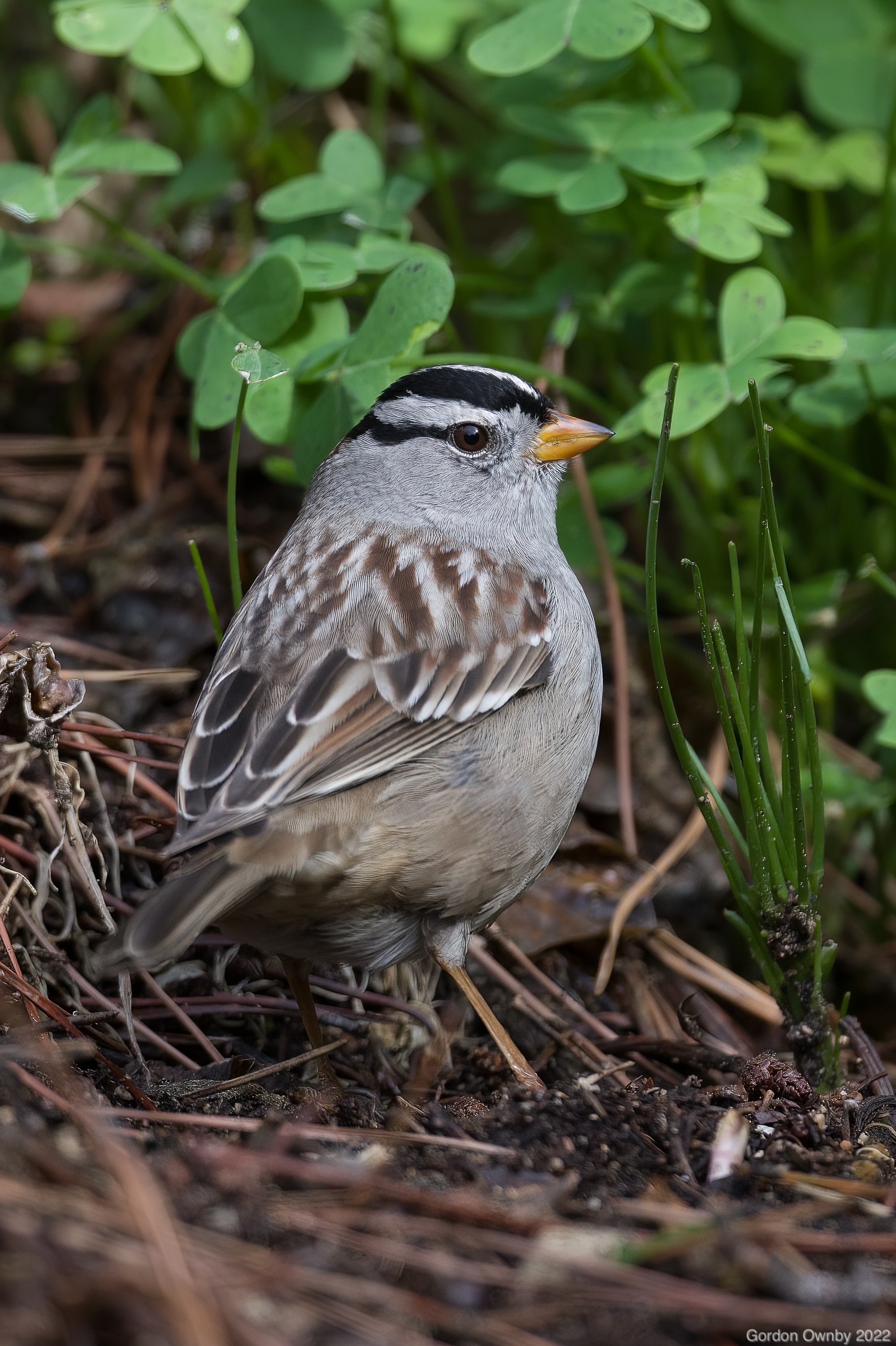Watch, Count or Photograph – Here’s How to Make Feathered Friends
FormLA Landscaping client and hobby photographer Gordon Ownby regularly delights us with photos of the birds drawn to his garden – several of which we’ve shared with you!
 With the Audubon’s annual Backyard Bird Count coming up February 18th, we asked Ownby to share some tips for making feathered friends.
With the Audubon’s annual Backyard Bird Count coming up February 18th, we asked Ownby to share some tips for making feathered friends.
When did you begin photographing birds? Why?
Ownby: I’ve been a hobbyist photographer since my college days and have spent most of my time photographing people in a genre called “street photography.” Working at home during the pandemic lockdown in 2020, however, I started to notice the wildlife passing through our front and back gardens.
I’ve realized that though the finished results look vastly different, there are many similarities between street photography and wildlife photography. Both often involve choosing a spot and waiting patiently for something to happen. Returning to a favorite location is also common to both. Finally, photographing birds, like people, requires quick action and rewards the photographer with truly candid images.
What sparked your interest?
Ownby: My interest started with hummingbirds – they are a great introduction to bird photography.
If you are in your garden a lot, the hummingbirds will grow accustomed to seeing you and and won’t mind sharing some quality time near you. Because they fly “still” when feeding and frequently take breaks, the chances of getting a nice sharp photo are pretty good.

Where do you take your photos? What is special about these spaces?
Ownby: Continuing a practice since lockdown, I take my camera into the front and back gardens almost daily. I like to believe that the visits by these little animals are a way of thanking us for creating a welcoming space for them.

Which birds do you see most often in your own garden?
Ownby: House Finches, Goldfinches (above, in the Ownby’s fountain), Anna’s and Allen’s Hummingbirds, White Crowned Sparrows (left), Dark-Eyed Juncos (below), Gnatcatchers, Mourning Doves, Ruby-Crowned Kinglet, plus an Asian exotic: the Red-Whiskered Bulbul.
I’ve also worked into my routine bringing my camera along hikes on the many trails up here in Foothills. Finding a trail with a lot “Lemonade” shrubs can often lead to encounters with Yellow-Rumped Warblers, wrens, and, (my particular favorite), the California Thrasher.
(FormLA Note: These birds are not alone! You may remember Ownby’s photo of an Allen’s Hummingbird resting its wings and clings to the edge of a Sugar Bush leaf.)
For a view of some spectacular large birds, I recommend bringing a camera or binoculars to the Sepulveda Basin Wildlife Reserve.
How do you catch these amazing moments?!?
Ownby: If you can hear chirping or singing, your chances of encountering a bird are pretty good. If your garden is silent, come back later.
Next, look for isolated movement among the branches and leaves of the trees and bushes – that’s a good sign that whatever bird is in there is not overly concerned about your presence and may “surface” for a photo op.

With time, both of these practices will become second nature whether in the garden or on the trail. Recently, I was hiking in the Foothills and was scanning for isolated movement among the foliage. When I did spot something, however, it was not a bird but an adolescent black bear feeding on some grass about 50 yards away. After snapping a few photos with the telephoto lens, we left the area, thankful that my first bear encounter was in such a natural setting.

Which photo is your favorite?
Ownby: The Ruby Crowned Kinglet (above). It seems to delight people and it conveys a sense of connection.

If you had to recommend one native plant for attracting birds, which would you choose?
Ownby: Our Toyons (above, hosting a matching house finch) provide good cover for birds most of the year and their holiday red berries guarantee some “snacking” bird photos in the late fall. The Ceanothus (California lilac) shrubs provide good cover for the Ruby Crowned Kinglet and White-Crowned Sparrows. The Sugar Bush keeps the hummingbirds busy… and everyone visits our fountain.
See more of Ownby’s nature photography @yourbirdfix in Instagram or explore nature and LA’s streets on his website. See the Ownby’s Songbird Paradise in Houzz.
About Gordon Ownby
Recently retired from a career as general counsel for a physicians’ organization, Southern California native Gordon Ownby now leans into his lifelong interest in photography. Training at the Santa Fe Photographic Workshops and classes at the Art Center College of Design public program inform his practice.